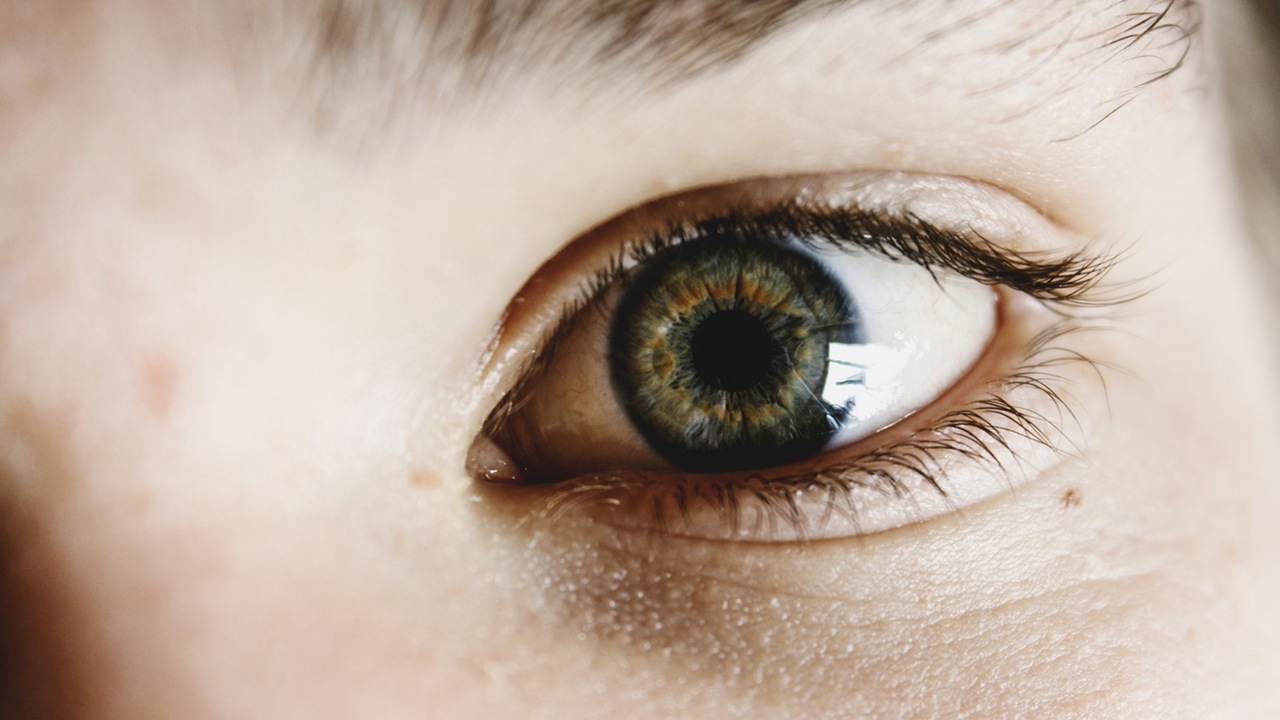If you wake up one morning with your eyelids glued shut, the chances are you have bacterial conjunctivitis, commonly known as pink eye. This type of eye infection is common, with approximately four million cases per year in the United States, accounting for annual health care costs estimated at $377 million to $857 million.
Conjunctivitis is inflammation of the membrane that covers the white of the eye and the insides of both eyelids. It is classified as acute, hyperacute, or chronic. Hyperacute conjunctivitis is the most likely to require antibiotic treatment, and is characterized by the following symptoms:
2. Eyelid swelling
3. Severe, continuous, and copious pus-like discharge from the eyes
4. Swelling of the conjunctiva
5. Discomfort or pain
Gonococcal and chlamydial bacteria are frequent causes. In sexually active patients, the gonococcal bacteria may cause conjunctivitis along with genital infection, which may have no symptoms. Chlamydial infection is more common in babies. Systemic antibiotics are recommended for both gonococcal and chlamydial infection.
Antibiotic eye drops are recommended for other bacterial eye infections. In hospital settings, bacterial cultures are recommended to identify the type of pathogen so that an appropriate antibiotic can be chosen. In outpatient settings, physicians often prescribe antibiotics based on local patterns of infection. Topical antibiotics used to treat bacterial conjunctivitis include:
1. Bacitracin
2. Chloramphenicol
3. Ciprofloxacin
4. Gatifloxacin
5. Gentamicin
6. Levofloxacin
7. Moxifloxacin
8. Neomycin
9. Ofloxacin
10. Polymyxin G and trimethoprim
11. Sulfacetamide
12. Tobramycin.
Unfortunately, antibiotic resistance is common for bacteria that cause conjunctivitis, so multiple courses of treatment may be necessary for severe cases.
Risk factors for eye infections include dry eye syndrome, lagophthalmos (incomplete closure of the eyelid), and nearby infections, such as dacryocystitis (inflammation of the tear gland). Infections that reach the cornea are more serious than uncomplicated conjunctivitis. Primary care physicians treat many eye infections, but referral to an ophthalmologist is recommended if any of the following are present:
1. Severe eye pain or headache
2. Light sensitivity
3. Decreased vision
4. Contact lens use
5. Bacterial conjunctivitis that does not improve after 24 hours of antibiotic use.
References:
Smith AF et al, “Estimate of the direct and indirect cost of bacterial conjunctivitis in the United States”, BMC Ophthalmol. 2009 Nov 25; 9:13.
Tarabishy AB et al, “Bacterial conjunctivitis: a review for internists”, Cleve Clin J Med. 2008 Jul; 75(7): 507-12.
Linda Fugate is a scientist and writer in Austin, Texas. She has a Ph.D. in Physics and an M.S. in Macromolecular Science and Engineering. Her background includes academic and industrial research in materials science. She currently writes song lyrics and health articles.





Add a CommentComments
There are no comments yet. Be the first one and get the conversation started!